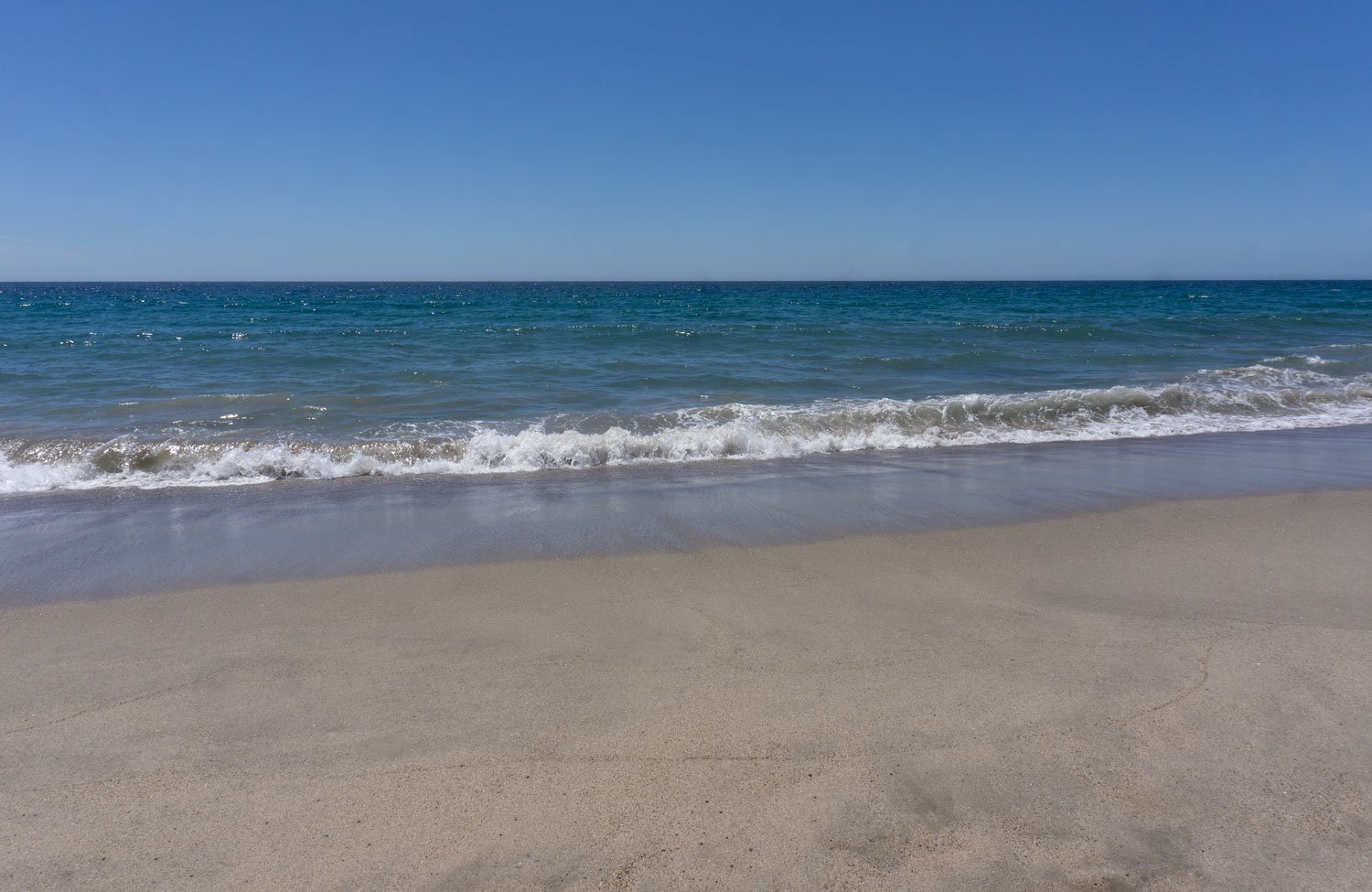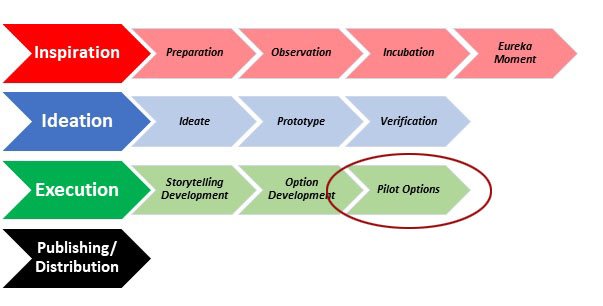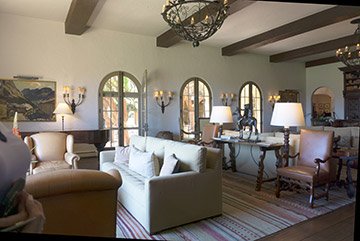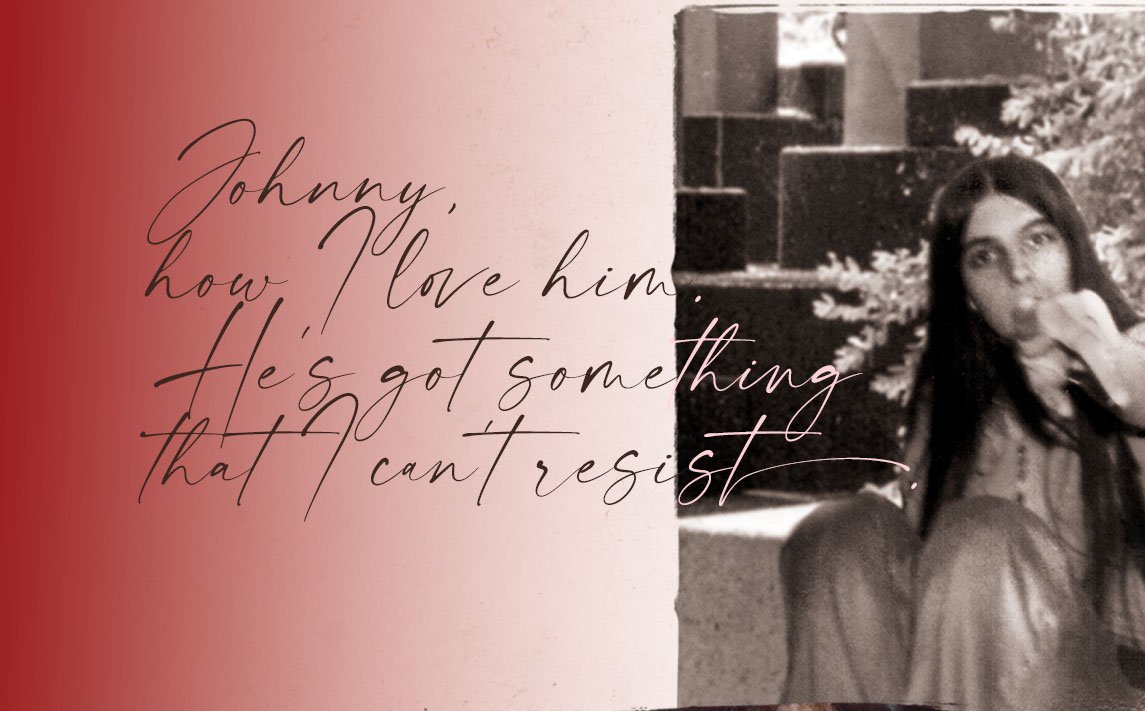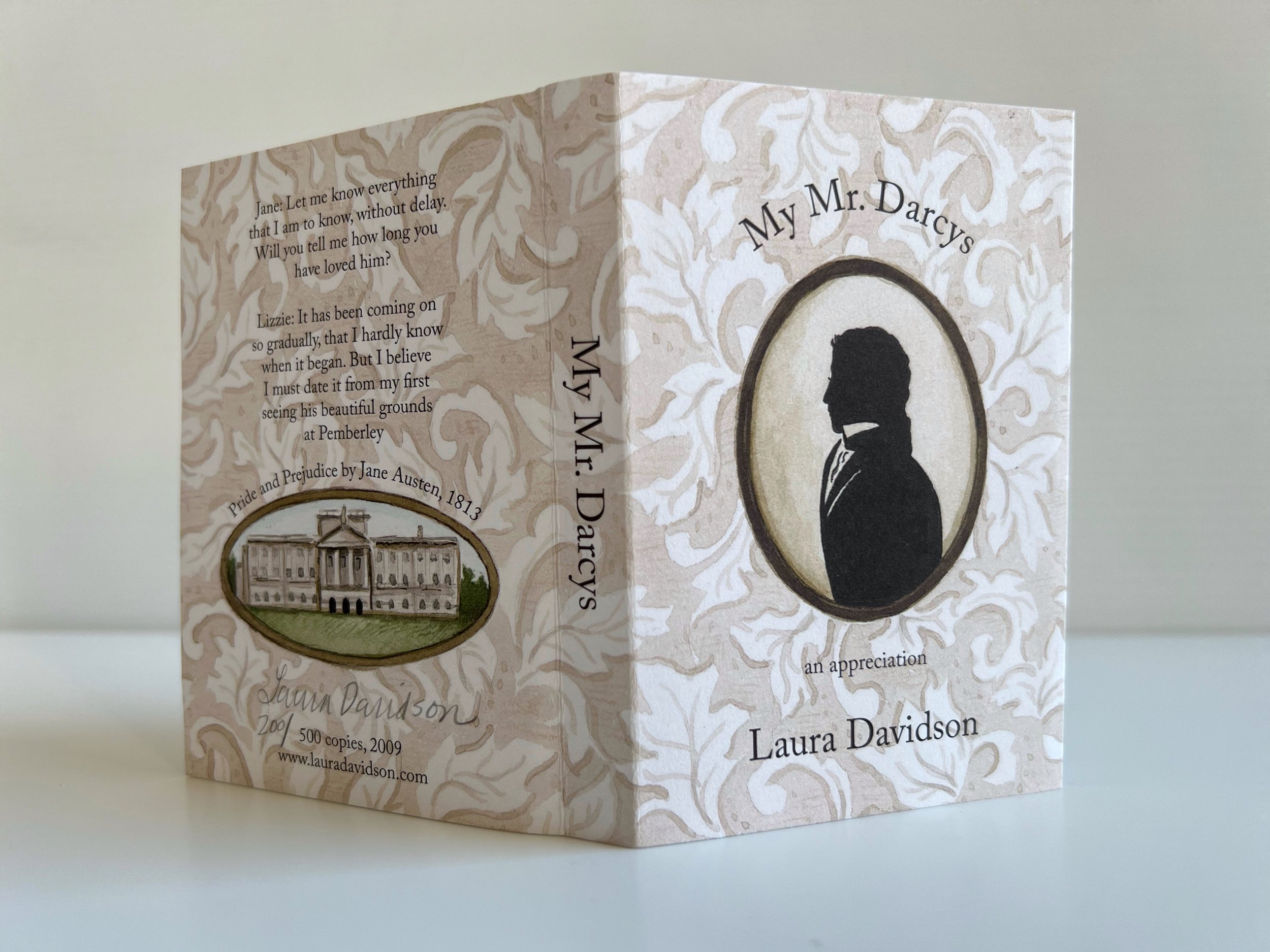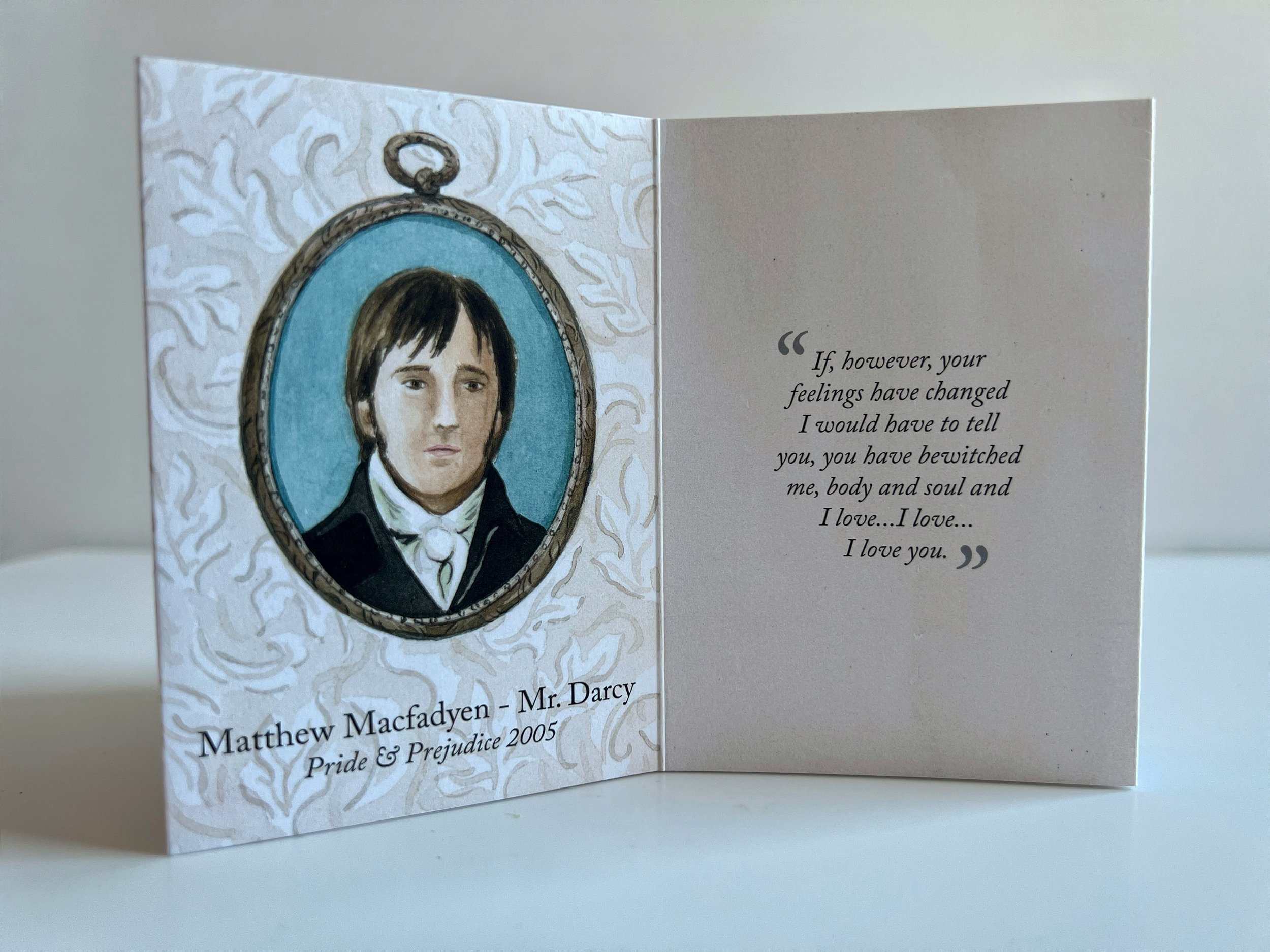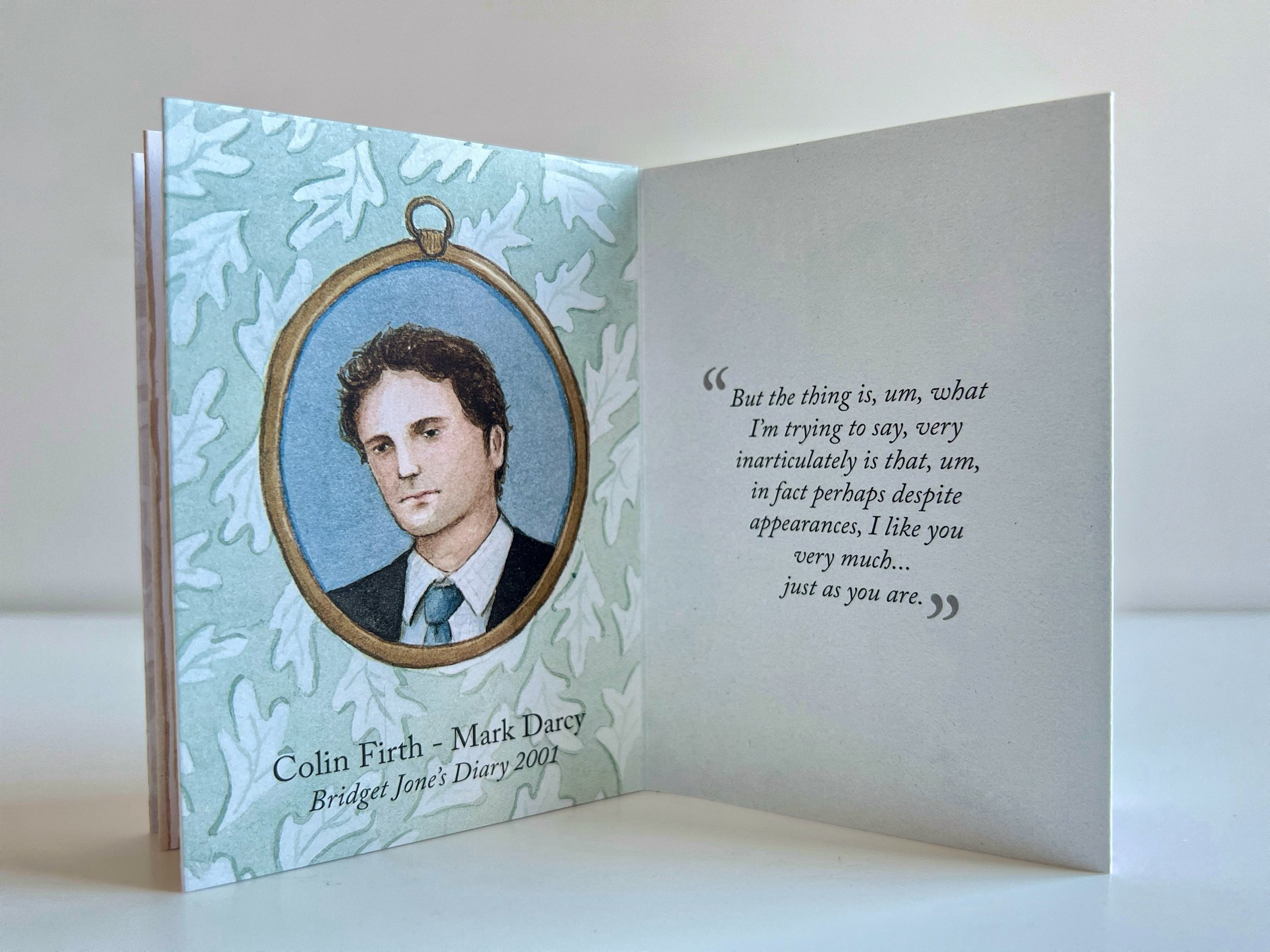When you get to the end of your rope, tie a knot, hang on and swing! —Leo Buscaglia
© 2022 Louise Levergneux. Oceano Beach, Oceano, California. Partly the Inspiration for my new book.
Many decisions on the elements that communicate the idea behind the artists' book had to be made last month. This is the fun Ideate stage where all the aspects that are part of the book need to be studied carefully. Being a bit obsessive-compulsive helps with the details!
How do you start establishing the correct elements (images, text, color, structure…) together to bring forward the idea for your artists’ book?
What method do you practice as you explore and select the elements?
What questions enter your mind to verify each of the elements?
These are some of the questions that I ask myself as I start the design, page layout, and choose text if necessary for any artists’ books.
© 2023 Louise Levergneux. Matching colors a unified look throughout the book. Top two swatches show the colors from the original source photos of different sands. The bottom images come from the same photos but shown after color matching — the process of replicating the hue (the basic color), saturation (the color intensity), and brightness (the lightness or darkness) of the original color.
Deliberating about colors (manipulate color to tell a story), layout, design, and text has been a joy as I relish in the world of Pantone and HEX color codes. I haven’t had so much fun in a while. Colors are an essential component since it sets the tone for the idea.
Another element I play with frequently during the development of the book is fonts. The fonts demand attention to properly present the mood of the concept. I have been trying out these fonts for a playful but readable text.
© 2023 Louise Levergneux. Sample fonts explored while working on the layout and text.
When the elements of the whole work or fit together well, lots of times the rest falls into place and I can start reflecting and planning the layout in more details.
At that moment the brainstorming has been accomplished and most of the images have been chosen and organized. But still, I go through my photo folders to examine, analyze, and make sure there are no other solutions for the visual and written narrative. I recognize the sequence of the images and text to convey to the reader a clear understanding of the book.
I might also do more research to eliminate all other possibilities that will enhance the idea. I’m close to implementing and producing my book by printing, cutting, folding, and assembling all the pages — this will start tomorrow! I’m looking forward to feeling and evaluating my first prototype.
© 2022 Louise Levergneux. Oceano Beach, Oceano, California. Sand and reading fanfiction stories while on holiday were the inpiration for Incognito.
I will be away from my work table till mid-September but will keep in touch with what is happening with the completion of Incognito! Let’s go! ¡Vamos! Allons-y !






